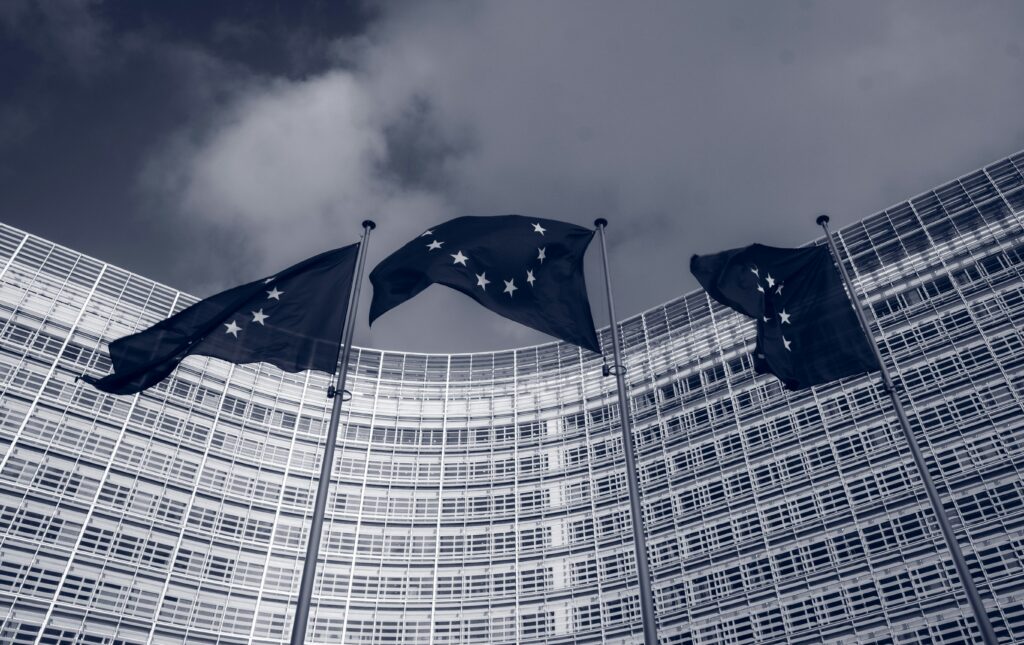I. Introduction
The 2024 elections marked a turning point in the political landscape, with significant shifts in party dynamics worldwide and marketing played a big role in it.
Right-wing parties made substantial gains, especially in Europe and the U.S., largely due to the effectiveness of their marketing strategies. The success of these parties highlights how critical innovative and targeted marketing can be in shaping electoral outcomes.
This article explores the importance of marketing and how marketing strategies played a pivotal role in the rise of certain political movements in 2024, focusing on the lessons political campaigns can learn from these strategies for future elections.
II. The Electoral Shift: Global Overview
Summary of Trends:
Far-right parties, particularly in Europe (e.g., National Rally in France, AfD in Germany), had a strong presence in the 2024 elections, with the far-right collectively securing about 24% of the seats in the European Parliament.
This rise was not just a European phenomenon; the U.S. also saw significant gains for right-wing candidates.
Globally, while right-wing movements gained strength in regions like Europe and the U.S., countries such as Mexico, Taiwan, and Botswana showed resilience in their more left-leaning politics.
Geographic Variations:
The success of right-wing parties was particularly pronounced in Europe and the U.S. In contrast, regions like Taiwan and Mexico saw a different political trend, highlighting the regional differences in political strategy and marketing effectiveness.
III. Factors Driving the Right-Wing’s Popularity
Economic Concerns:
Rising costs and economic instability were key drivers of voter frustration. Many felt that traditional political elites had failed to address these issues, making way for right-wing parties to tap into discontent with promises of change.
Immigration and Cultural Anxiety:
Anti-immigration rhetoric and concerns over migration became a central issue in many campaigns. Right-wing parties capitalized on these issues, which resonated with voters anxious about cultural shifts and national identity.
Disillusionment with Traditional Parties:
Many voters felt disconnected from mainstream parties, viewing them as out of touch with their concerns. This disillusionment created fertile ground for more populist and right-wing movements to gain traction.
Youth Engagement:
Right-wing parties were particularly successful at mobilizing younger demographics. This was largely driven by their effective use of social media platforms like TikTok and Facebook to engage with younger voters and amplify their messages.
IV. Marketing Strategies: Right-Wing vs. Mainstream Parties
Far-Right Marketing Success:
The right-wing excelled in digital marketing, particularly through platforms like TikTok. Their ability to create viral, engaging content allowed them to reach a wider audience, especially young voters.
Far-right parties used emotionally charged messaging, employing extreme language and emotionally resonant appeals to gain visibility in a crowded media landscape.
The focus was not only on political content but also lifestyle and relatable content (e.g., travel, cooking videos), which helped them connect with audiences on a personal level.
Mainstream Party Failures:
Mainstream parties were often too reliant on traditional media and paid ads, with limited organic reach. Their campaigns struggled to adapt to new media and digital platforms, and they often failed to optimize messaging for platform algorithms.
Negative campaigning, rather than focusing on positive messaging or addressing voter concerns, dominated the strategies of many mainstream parties. This approach not only alienated voters but also allowed far-right parties to dominate the conversation.
Global Comparison:
U.S. campaigns: A heavy investment in digital, influencer marketing, and data-driven strategies marked the U.S. campaigns in 2024. The use of streaming platforms and micro-targeting allowed candidates to reach voters who might otherwise have been missed.
European campaigns: Despite stricter regulations on paid advertising, European campaigns still relied on traditional media but adapted by engaging in grassroots mobilization. Right-wing parties managed to circumvent certain limitations by using social media organically.
Regional Adaptations: In Asia and developing nations, political campaigns increasingly used WhatsApp and other social media platforms to connect with voters on a more grassroots level. The adoption of these digital tools was a significant part of modern political marketing.
V. Case Study: Germany, France, and the U.S.
Germany:
The Alternative for Germany (AfD) was particularly successful at dominating TikTok with a high volume of content that went viral. While the Social Democratic Party (SPD) and Christian Democratic Union (CDU) spent heavily on traditional media, they saw limited engagement due to a lack of optimization for social media algorithms.
AfD’s use of organic reach and emotional appeals helped them tap into a younger, more digitally savvy demographic, while the SPD and CDU struggled to match the engagement levels despite their higher spending.
France:
National Rally (RN) in France navigated strict media regulations effectively by relying on organic reach and grassroots efforts. They used social media to create significant impact during non-campaign periods, bypassing formal ad restrictions.
Their ability to generate organic content on platforms like Facebook and TikTok made them a dominant force in French politics, despite limitations on paid advertising.
U.S.:
The U.S. saw unprecedented investment in digital marketing, with campaigns using data analytics and digital tools to micro-target key voting groups. Candidates like Joe Biden and Donald Trump deployed sophisticated strategies, with Biden focusing heavily on streaming and Trump relying on social media for viral content.
Both sides effectively used influencers, but the approach was different. Biden’s campaign integrated influencers for more authentic content, while Trump used a more centralized and controlled influencer network to push his narrative.
VI. Lessons Learned from 2024 Elections
Listening to Voter Concerns:
Campaigns need to prioritize addressing the real economic and cultural anxieties of voters, rather than dismissing them as fringe issues. Engaging directly with the concerns of communities is crucial for building trust.
Effective Messaging:
Positive, issue-based messaging and clear communication about policy proposals outperform negative campaigns that focus on attacking the opposition. Far-right parties were successful because their messages were clear, simple, and emotionally charged.
Digital Savvy:
Investing in digital marketing and adapting to the platforms that younger voters frequent (e.g., TikTok, Instagram, and streaming platforms) is essential. Authenticity and organic content are often more impactful than high-budget ads.
Avoiding Legitimization of Opponent Rhetoric:
Mainstream parties must avoid legitimizing far-right rhetoric by adopting their language or policies in an attempt to neutralize them. This often backfires and shifts the political discourse further to the right.
VII. Conclusion
The success of right-wing parties in 2024 is a wake-up call for political movements worldwide. Marketing strategies are now a core part of political campaigns, and ignoring this reality could lead to missed opportunities for engagement and growth.
Political parties must focus on listening to voter concerns with empathy and authenticity, offering real solutions rather than relying on divisive rhetoric.
To rebuild trust and combat polarization in future elections, political actors should focus on positive, issue-based campaigns that engage voters meaningfully and avoid the trap of negative campaigning.

